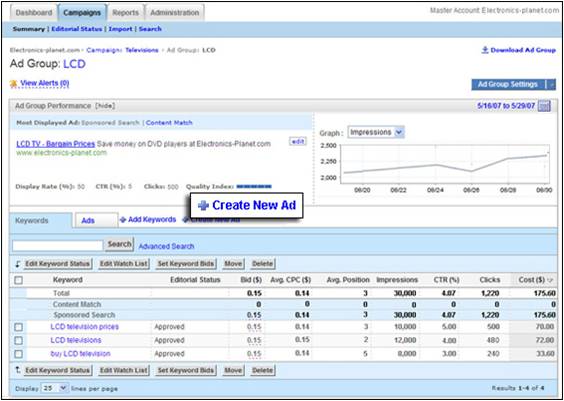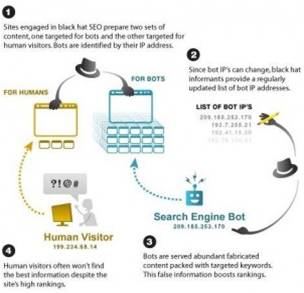Penguin had a huge impact on a lot of SEOs and Webmasters. According to Matt Cutts, the head of the Web Spam team at Google, there is an update on the horizon which will have an even bigger impact.
A recent post by State of Search talked about some comments made by Matt Cutts at a recent conference, SES In San Francisco. It seems that he mentioned that there is a big Penguin update on the way.
When asked specifically about the latest Penguin update his response was: “We are constantly improving. And for those who think the important updates are done now, think again.”
He also said: “You don’t want the next Penguin update, the engineers have been working hard.”
This sounds pretty forbidding, especially for anyone that’s been hit by the previous updates. I have noticed that it has become a lot more difficult with SEO and I see a lot “bounce” in the Alexa Ranking both up and down. One thing that SEOs have been wondering is when will the next Penguin update be released. After SERoundtable published these comments Matt took the time to comment on the article.
In his comments, he says that at SES he was “giving context on the fact that lots of people were asking me when the next Penguin update would happen, as if they expected Penguin updates to happen on a monthly basis and as if Penguin would only involve data refreshes.”
Matt says that it is unrealistic to expect the next update to only include data refreshes. He goes on to say that: “the engineers are incorporating new signals and iterating to improve the algorithm.”
This is building a pretty strong case for the next update could have bigger impact than the previous releases. Something that Matt stated: “expect that the next few Penguin updates will take longer, incorporate additional signals and as a result will have more noticeable impact.”
So what are these signals likely to be? Well Penguin is a link based update, so it’s most likely to be link based signals. Well, back at SES Matt said that; “sites that have social sharing, natural sharing, instead of buying links, are generally not going to be hit. By next year, we hope marketers/webmasters get that and natural link building becomes the norm.”
The new Penguin update is going to hit in 2012 if not sooner,rather than later, as he also mentioned that “the engineers have been working hard” rather than the engineers areworking really hard.
Finally Matt’s advice on how to avoid getting hit has always been based on Google’s quality and relevancy policy. In other words, build something unique that adds value, by unique, Google means truly unique. It’s about having information that just isn’t available anywhere else. Google means Matt has focused on this point several times and it’s clearly what Google has always stated..




